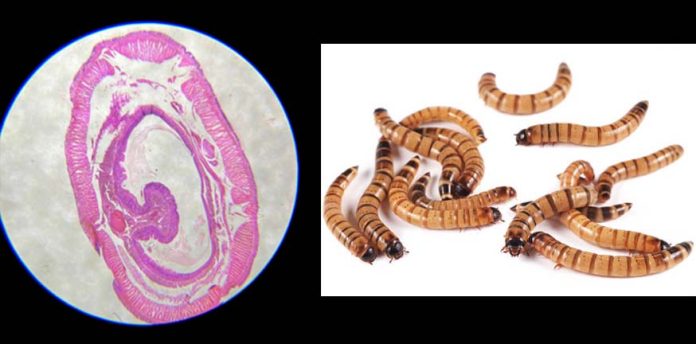Plastic eating microorganism: Polystyrene foam perspective
Steel cities and Styrofoam mountains are just two examples of how humanity has left its imprint on the planet. The latter is proving problematic since many of the synthetic materials we manufacture don’t break down on a timeline that is even somewhat close to that of humans. Scientists have long sought better plastic recycling techniques, and the solution might be already existing in the environment as plastic-eating bacteria or microorganisms.
According to Australian researchers from the University of Queensland, beetle larvae—which resembles a worm when it is a larva—may hold the secret to eradicating polystyrene from the environment as plastic-eating larvae.
Polystyrene Foam
One of the most popular forms of plastic is Styrofoam, widely used as a single-use Styrofoam cup or glass. It is also known as Polystyrene foam, which makes up 7 to 10% of all non-fibrous polymers manufactured. You probably come across it regularly in packaging materials because of how well the foam conforms to impacts. Transparent containers, disposable kitchenware, and other products may all be made from polystyrene in its solid form. Polystyrene foam, on the other hand, has a recycling ID of 6, indicating that it is challenging to process and is often not accepted at curbside collections.
Superworm
A beetle known as Zophobas morio may have the microorganisms or insect enzymes scientists have been looking for to help degrade tough polymers like polystyrene. It belongs to the family of darkling beetles, and its larval stage is more frequently referred to as a superworm. They resemble bigger mealworms and are frequently consumed by animals that consume insects. This creature’s stomach contains a special blend of bacterial enzymes that can break down polystyrene foam, making it a high-protein, low-carb feast. According to the researchers, the larva of the darkling beetle may grow while consuming a large quantity of polystyrene and can survive wholly on it.
In a nutshell
The worms function as “little recycling plants,” claims Chris Rinke, the study’s lead author. In their teeth, they shred the plastic, which is then consumed by stomach bacteria, which break it into smaller pieces the bug can ingest. The scientists used metagenomics to extract the microbes responsible for digesting the polystyrene from samples of the intestinal flora of Zophobas morio.
Although it would be impractical to feed beetle larvae all the polystyrene in the world (that would be many bugs), it would be conceivable to generate the enzymes in big quantities for recycling facilities. The group is eager to carry out more work in that area, according to Rinke.
